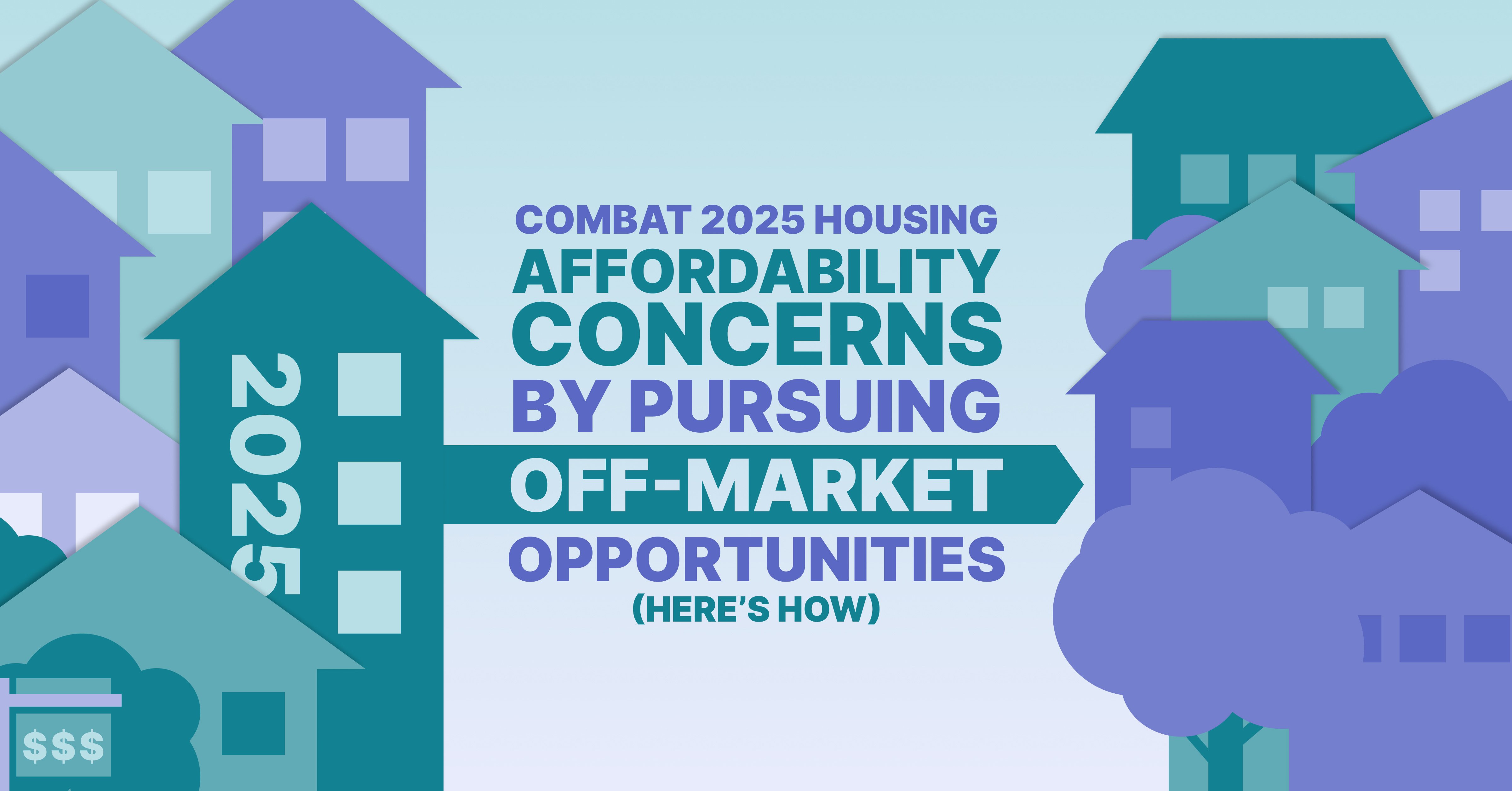Disclaimer: PropStream does not offer investing advice or make profit promises. This article is for educational purposes only. We recommend consulting financial professionals and/or doing your due diligence before taking out a bridge loan or investing in real estate.
Try PropStream for 7 Days Free!
|
Key Takeaways:
|
Real estate deals can move fast. If you don’t have funding lined up when you find a great property, your competition could beat you to the closing table.
However, bridge loans offer temporary financing that can help you seize opportunities quickly. Plus, they’re a great way to finance short-term investments like fix and flips and BRRRR projects.
Read on to learn what bridge loans are, how to leverage them, their pros and cons, and more.
Bridge Loan Definition
A bridge loan is a short-term loan designed to “bridge the gap” between when you buy a property and when you sell or refinance it. Think of it as a financial stepping stone. It can help you secure a property while you arrange for permanent financing.
Bridge loans can have repayment terms ranging from 6 months to 3 years, though one year is most common. During that period, you typically make interest-only payments. Then, once the loan is due, you pay off the remaining balance in a lump sum (aka a balloon payment).
Bridge Loan vs. Traditional Mortgage
Here are the main differences between bridge loans and traditional mortgages:
- Loan term: Bridge loans have repayment terms of up to 3 years, while traditional mortgages typically have 15- or 30-year terms.
- Approval speed: Bridge loans can be approved in days due to minimal paperwork, while traditional loans require weeks or months.
- Qualification criteria: Many lenders issue bridge loans based mainly on the value of the collateralized asset, while traditional lenders also weigh your income, debt, and credit.
- Cost: Due to their flexibility and speedy approval, bridge loans tend to come with higher interest rates and fees.
How Bridge Loans Work for Real Estate Investors
As a real estate investor, you can leverage bridge loans in many ways.
For example, if you find a great property but don’t have the cash to buy it, a bridge loan can help you secure the deal while you arrange for long-term financing.
Alternatively, you can use a bridge loan to finance a fix-and-flip or BRRRR project. Both involve purchasing a distressed property to rehab. A bridge loan can help finance both the property and your renovation costs (i.e., the labor and materials).
Pro Tip: Use PropStream’s Rehab Calculator to estimate rehab costs before applying for a bridge loan to ensure they’ll fit within your budget.
Finally, a bridge loan can help you tap into your existing portfolio’s equity. While most bridge loans are secured by the property being purchased, some can use property you already own as collateral. That way, you can put your equity to work and grow your portfolio.
Benefits of Bridge Loans for Investors
.png?width=1252&height=834&name=bridge%20loan%20(2).png)
Bridge loans offer the following advantages to investors:
Speed and flexibility. Bridge loans can be approved within days because they require relatively few documents for underwriting. While your credit score and income may be factors, the value of the underlying asset is the main lending criterion.
Leverage existing equity. Instead of selling part of your portfolio to finance your next property, you can use a bridge loan to leverage your existing equity. In other words, you can secure your next investment using the equity you already have.
Interest-only payments. Many bridge loans only require you to make interest payments during the loan term. This leaves you with maximum cash flow during the most capital-intensive phase of a fix-and-flip or BRRRR project.
Drawbacks and Potential Risks of Bridge Loans
Of course, bridge loans also come with some drawbacks and potential risks:
Shorter repayment terms. Unlike traditional mortgages amortized over decades, bridge loans must typically be repaid after a year. This could leave you in a challenging situation if you can’t come up with the funds in time.
Higher interest rates. Compared to traditional mortgages, bridge loans tend to come with higher interest rates (typically 8-12%). This can seriously cut into your profit margins, especially if the deal doesn’t go as well as planned.
Risk of collateral loss. Since bridge loans are secured by equity—in the property being financed or one you already own—you stand to lose a lot if the deal goes south. In some cases, you could lose a property worth more than the loan itself.
When Should Real Estate Investors Use Bridge Loans?
Bridge loans aren’t a one-size-fits-all financing solution, but in the right situations, they can be a game-changer.
For example, if the market’s hot or the seller’s asking price is low, you may need to act fast. If you wait too long, other buyers could swoop in before you. Getting a bridge loan in a situation like this could be the difference between winning and losing the deal.
Similarly, if you’ve exhausted your traditional financing options (e.g. because you maxed out your debt-to-income ratio), a bridge loan could be your best (and only) available financing option. Just remember that you’ll need to pay off the loan within a short period.
That said, bridge loans aren’t ideal in other situations.
For example, you shouldn’t get a bridge loan if you lack a clear exit strategy (a sale or refinance plan). Nor should you get one if the deal doesn’t have enough expected profit margin to absorb the financing costs or you’re already overleveraged.
Carefully review your finances and the deal before taking out a bridge loan—or any other type of debt, for that matter.
Alternatives to Bridge Loans to Consider
If you decide your situation doesn’t call for a bridge loan, consider these alternatives:
| Seller financing | Seller financing is when the seller serves as the lender. Instead of applying for a loan from a bank, you make payments directly to the seller. This can allow for faster and more flexible lending terms than you’d get otherwise. |
| Cash-out refinance | A cash-out refinance lets you replace an existing mortgage with a larger loan and pull out the difference as cash. It can be a great way to get immediate cash for a down payment on another property. |
| HELOC | A home equity line of credit (HELOC) lets you pull equity out of a property you already own in the form of cash. It works like a credit card: draw as needed, repay, and draw again up to a certain credit limit, and only pay interest on what you use. |
Related: What Is the Difference Between a Home Equity Loan, HELOC, and a Reverse Mortgage?
Find Your Next Real Estate Opportunity with PropStream
Whether you opt for a bridge loan or another type of financing, you must first find an attractive property deal. And there’s a quick way to do this: PropStream it!
Our database of over 160 million properties nationwide and 165+ search filters makes it easy to identify profitable opportunities in your market. Simply set the filters to your investment criteria and let PropStream do the rest. It can even update you when new properties fit your search.
Try PropStream for 7 Days Free!
Sign up today for a free 7-day trial and get 50 leads on us.
Frequently-Asked Questions (FAQs)
What is a bridge loan in real estate?
A bridge loan in real estate is a short-term loan used to “bridge the gap” between buying a property and selling or refinancing it.
How long does it take to get approved for a bridge loan?
Bridge loans can be approved in as few as two or three days due to their streamlined underwriting and fewer documentation requirements.
Do I need to make monthly payments on a bridge loan?
Yes. However, most bridge loans only require interest payments during the loan term, after which the remaining balance is due as a balloon payment.
What happens if I can’t repay a bridge loan on time?
If you default on a bridge loan, you could lose the property you put up as collateral.
Can I use a property I already own as collateral on a bridge loan?
Yes, you can often use equity from a property you already own to secure a bridge loan for a new property.
What is the average interest rate on a bridge loan?
The average interest rate on a bridge loan depends on the lender and market. However, it tends to be anywhere from 8% to 12%.


